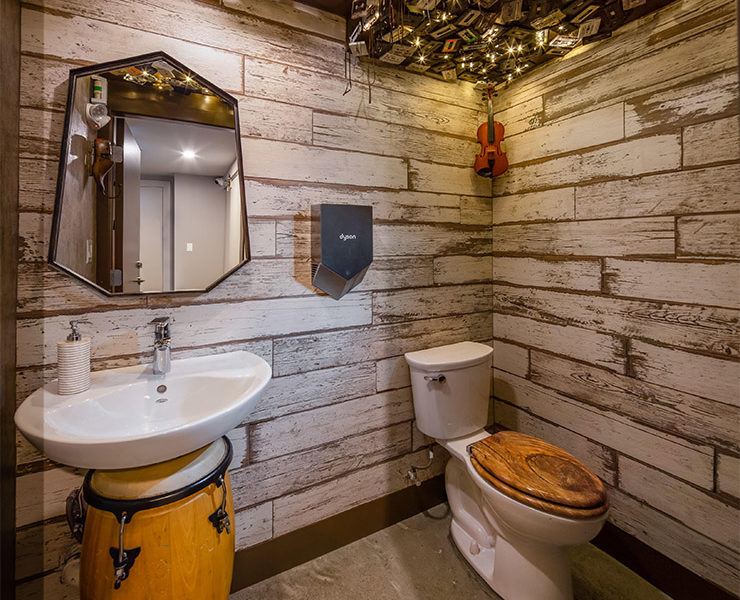by Leeta Liepins
“The architectural space in which bodies are replenished, inspected and cultivated, and where one is left alone for private reflection — to develop and affirm identity.”
— Venice Biennale, 2014
Bathroom, head, john, latrine,
lavatory, loo, potty, toilet, restroom, washroom, water closet…this is not the complete list of naming options list for a room in your home that is no longer just a necessity. It now represents your style.
When did the toilet become such an intricate piece of engineering worthy of a mechanic, all tricked out like some sort of throne?
It appears that homebuilders and renovators alike have designed current washrooms to be much more than just a place to wash and, you know, relax.
Bathing and bathtubs have a long history. There is evidence of baths, and even a tub, dating back to 1700 BCE in the Palace of Crete. Toilets that flushed had been invented by 1596, but — probably due to inhibitive costs for the average person — were not common until the mid-1800s. Although showers also date back to ancient times, William Feetham, a stove and heater manufacturer from England, is attributed with creating the first mechanical shower in 1767.
Let’s fast-forward to the lavish restrooms that we encounter in new homes of today. Designers put as much artistic effort into choosing the sink and tub as they do the other common spaces of a home. Romanticized tubs for two, showerheads with multi-functioning water speeds and spray patterns, gold faucets shaped like swans, sparkling crystal accents…if you can dream it, you can buy it.
Is it all show and no go for the bathrooms du jour?


 Concert in support of WUHAN
Concert in support of WUHAN